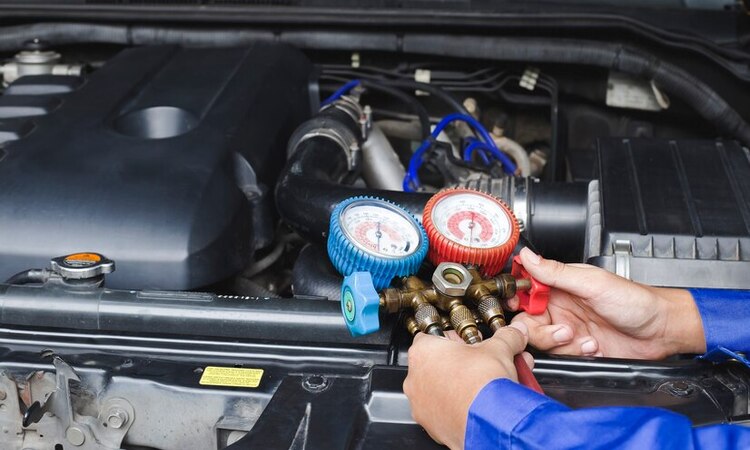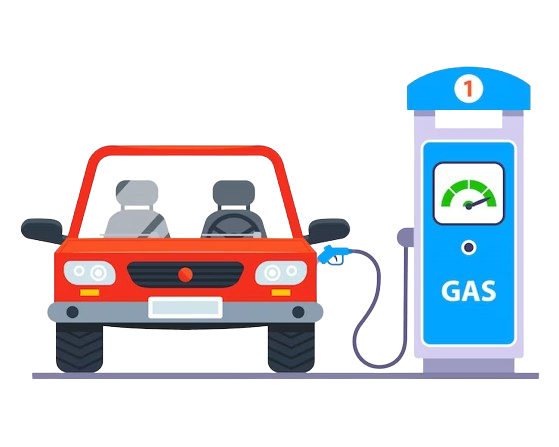
THE FACTS ABOUT AUTOGAS CYLINDER TESTING
Autogas cylinder testing is a very important task that is not to be ignored. As with any other form of fuels, Autogas is very safe when contained properly. However, if the cylinder holding it fails because of lack of testing, it can be devastating.
The Australian government requires that LP gas cylinders should be quality tested every 10 years. The test’s expiration date should be stamped on the gas container as well.
An expired LPG cylinder should never be filled after it’s expiration date, until it has been re-tested at a certified Autogas test station. If the 10 year certification period will expire before the next regular service, you should make arrangements for the gas cylinder to be re-inspected and restamped at a certified test station, as soon as possible.
It may be difficult to for you to see the testing expiration date on the tank. If this is the case, your Autogas service may be the best person to advise you when the gas container is due for inspection.
Filling LP gas cylinders that are damaged or untested is illegal and highly dangerous.
THE AUTOGAS CYLINDER RE-TESTING PROCESS
The cylinder must be taken out of the car for full examination. If there is gas still left in the tank, it must be fully purged before it can be properly inspected.
The outside of the tank is inspected for signs of wear, corrosion, bulges, dents, scratches or any other types of damage. If there are any signs of the above, the problem will be assessed against the government standard and determined whether it will pass or fail the re-test.
For the internal part of the examination, all valves are taken from the tank. An internal visual examination is performed using LED’s, mirrors and a borescope to check for any signs of corrosion or scaling. Any contaminates are cleared from the cylinder, valve threads and sealing surfaces are cleaned and inspected for their proper fits.
All valves are also checked for condition and proper operation. The safety valve is discarded and a new valve is installed in every retest of a LPG tank. The fill limiter, level arm, service tap and excess flow valves are checked for wear and correct operation, and replaced as necessary.
The 12 volt lockoff and the sender unit are also tested. The valves are re-installed and all threads are once again sealed. All seals and retaining screws are to be replaced.
If the cylinder does not meet the government standards, it is to be condemned and will have to be replaced.
Please have a look at this PDF for more information on Autogas cylinder testing:
http://www.commerce.wa.gov.au/energysafety/PDF/Publications/Auto%20LP%20gas%20safety.pdf

